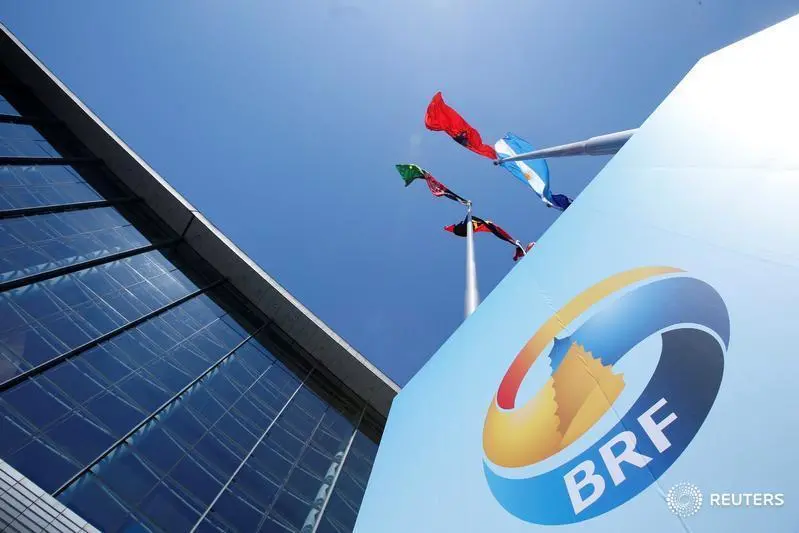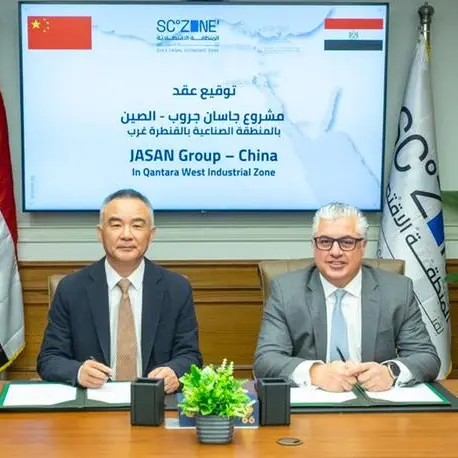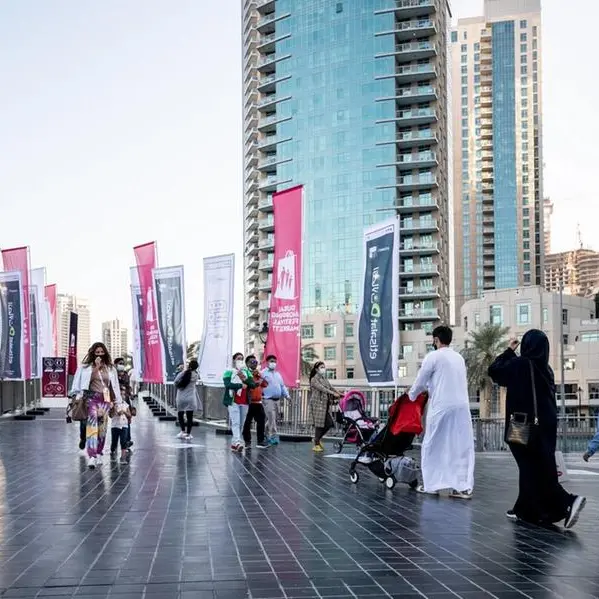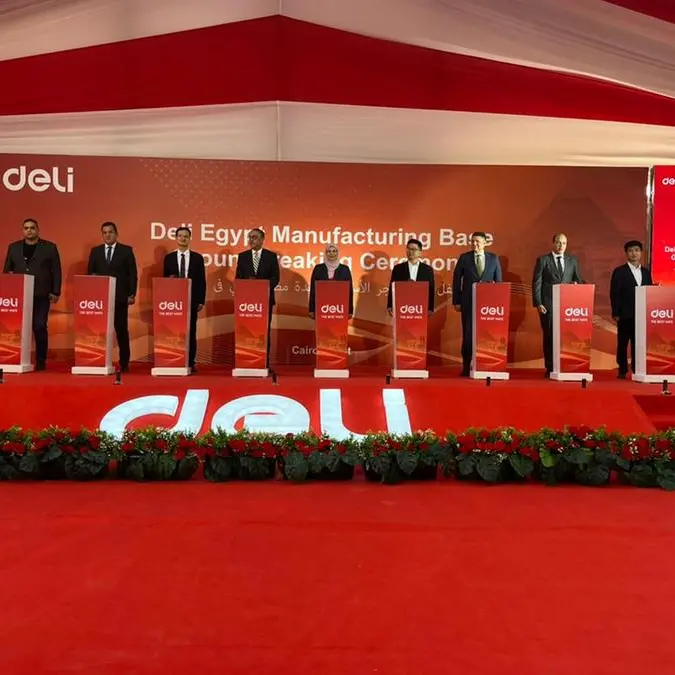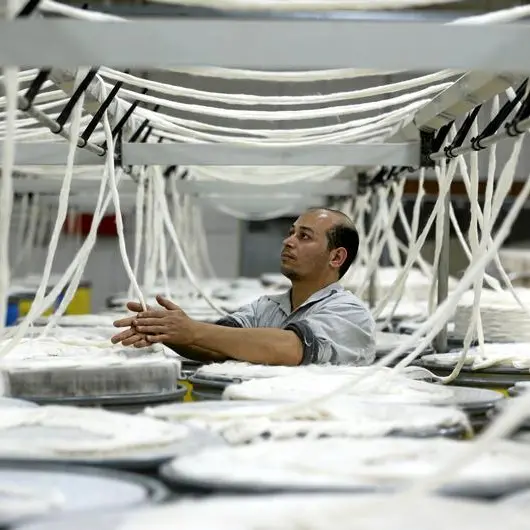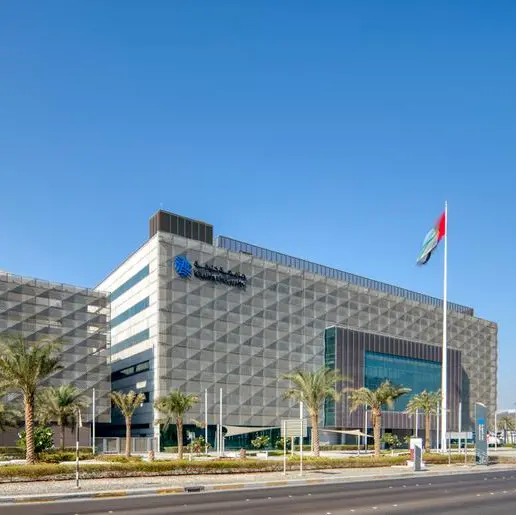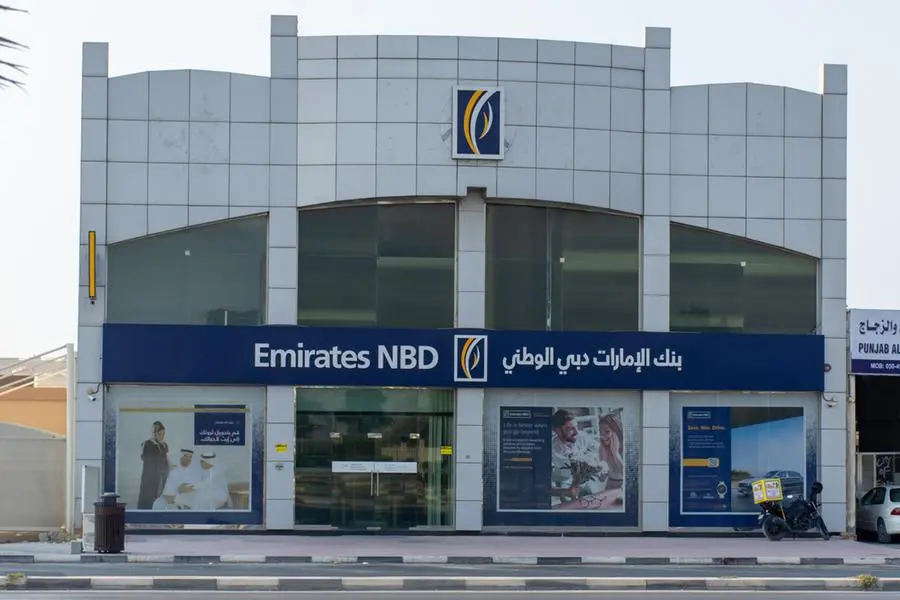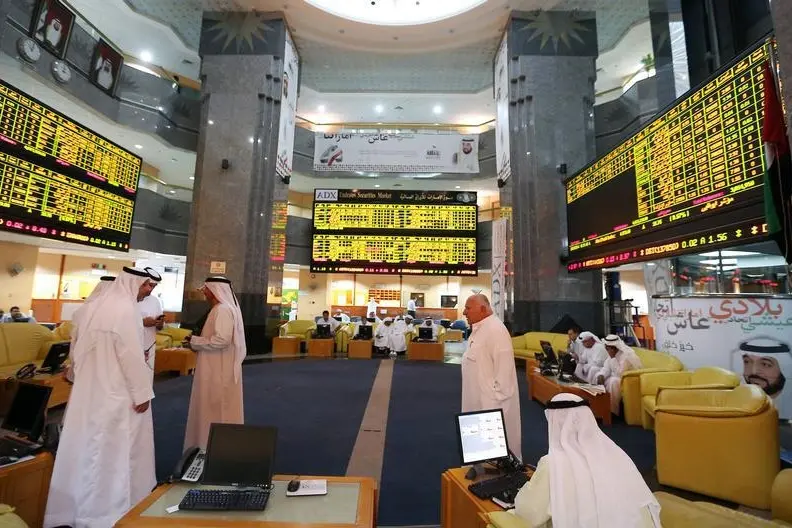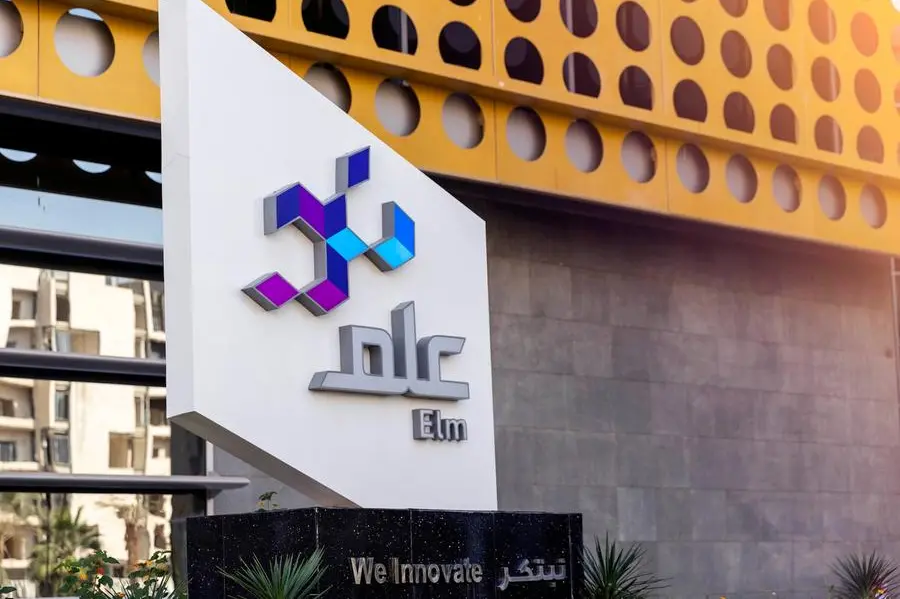PHOTO
The average deal size for investments is getting smaller, potentially following the “small or beautiful” ambitions of the Belt and Road Initiative (BRI), according to a report by the Green Finance & Development Centre at Fudan University in Shanghai.
The average deal size has fallen from $617 million in 2022 to $392 million in the first half of 2023. Compared to the peak in 2018, the investment deal size is 48 percent smaller.
Moreover, the deal size for construction projects hit the lowest since the BRI was announced in 2013 at $327 million compared to $338 million in 2022. Compared to the peak in 2017, the deal size is down 35 percent.
“This tendency is likely in line with the ambition to have ‘small or beautiful projects’ in the BRI propagated through official channels," the report added.
Another reason for the smaller project is China adjusting its risk management strategies for BRI country risks that are more pronounced and challenging in large-scale projects, given the more social, environmental and governance (ESG) requirements and issues.
“Investors in BRI projects within and outside China should focus on smaller projects, which are easier to finance and faster to implement,” the report advised.
Zawya reported earlier that Middle Eastern and Sub-Saharan countries were major recipients of BRI finance and investments in the first half of 2023.
Read more: China's Belt and Road energy projects set for "greenest" year: research
(Writing by P Deol; Editing by Anoop Menon)
